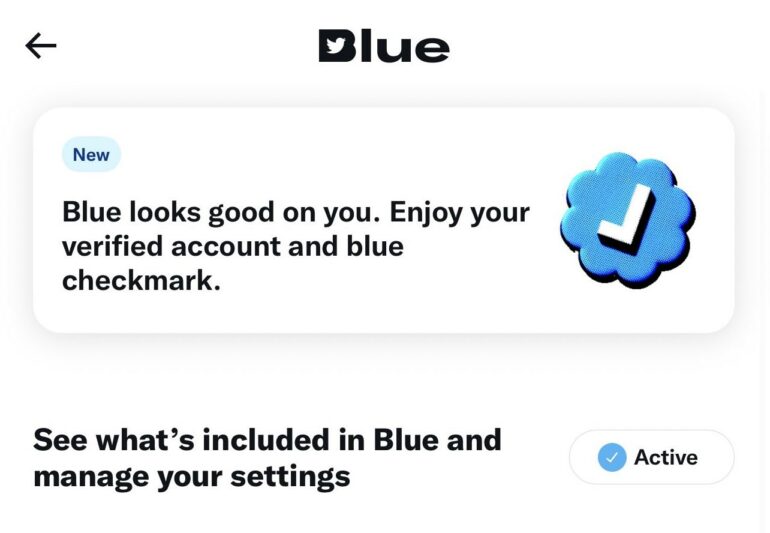Google has joined the ranks of online platforms offering a blue checkmark verification, this time for its email service, Gmail.
Initially, the blue checkmark will be available to a select group of Gmail users as part of Google’s ongoing efforts to combat spam emails, phishing attacks, and other fraudulent activities.
The verification feature builds upon the existing logo verification system that was introduced nearly two years ago. It allows Gmail users to hover over the checkmark to confirm that the specified domain is owned by the associated company.
The blue checkmark feature is based on the Brand Indicators for Message Identification (BIMI) technology, which was launched in July 2021. BIMI enables users to display a validated company logo instead of a generic Gmail avatar.
Currently, the blue checkmark is only available to domain owners who have implemented BIMI and is not accessible to regular @gmail.com account holders. However, BIMI support extends to all versions of Gmail, including both Workspace and personal accounts, as long as they meet the necessary criteria.
The rollout of the blue checkmark feature has already begun, meaning users can expect to see verified company emails in the near future.
Google stated in a blog post announcing the news that strong email authentication enhances user and email security, helps combat spam, and allows senders to leverage brand trust. This ultimately promotes a more reliable and immersive email experience for everyone involved.
While plans for wider implementation, including regular @gmail.com accounts, are still unclear, it is important for internet users to remain vigilant and not rely solely on such verification measures. In today’s remote work environment, scam emails continue to evolve in their creativity and effectiveness, making caution online paramount.
TechRadar Pro has reached out to Google for further information on expanding verification measures, and any updates will be provided accordingly.
In the meantime, it is crucial for individuals to maintain a vigilant approach when interacting online, recognizing the potential risks and staying proactive in protecting their personal information and digital security.

